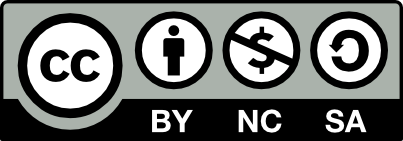The frequency of vibrio cholera 01 EL TOR (Inaba And Ogawa) and its Resistance Pattern in Karachi.
Main Article Content
Abstract
Introduction: Cholera is an acute infectious disease of small intestine, caused by the bacterium Vibrio cholerae. More than 200 serogroups of V. cholerae have been identified. In Iran, Inaba strains were 75% resistant against trimethoprim-sulfamethoxazole in 2011, while during 2012-13 it was 100%. Ogawa strains showed 96% resistance against trimethoprim-sulfamethoxazole in 2011, whereas 100% resistant in 2012, while no resistance was seen in 2013 against the same antibiotic.
Objective: To determine the frequency of vibrio cholera 01 EL TOR (Inaba And Ogawa) and its resistance pattern in Karachi.
Methodology: Samples were collected from patients with acute diarrhea with rice-water stool from Medical Unit, JPMC and NICH, Karachi between October 2015 to August 2016. These samples were then transported to Microbiology Department, Basic Medical Sciences Institute, JPMC, Karachi and processed according to standard protocol.
Results: No growth was noticed in 147 (66.81%) samples while a total of 28 (12.7%) were V. cholerae species, and 45 (20.45%) were other organisms. The distribution of V. cholerae serotypes, out of 28 V. cholerae species, 13 (46.4%) were of Inaba serotypes, 09 (32.1%) were of Ogawa serotypes while 06 (21.4%) were of Non-01 serotypes.
Conclusion: The susceptibility results of tetracycline and trimethoprim-sulfamethoxazole are not very favorable. Involvement of multidrug resistant V. cholerae O1 serotypes in the community is a very serious public health concern. Such patients were observed to be very difficult to treat in the community.
Article Details

This work is licensed under a Creative Commons Attribution-NonCommercial-NoDerivatives 4.0 International License.
Journal of Muhammad Medical College (J Muhammad Med Coll) belief that all researches are basically conducted for the benefit of humanity. Research is the product of an investment by society and consequently its fruits should be returned in a transparent fashion to all humankind without any discrimination.
Journal of Muhammad Medical College is an open access journal which means that all content is freely available without charge to users or / institution. When used non-commercially all users are allowed to read, download, copy, distribute, print, search, or link to full text articles in this journal without asking prior permission from the publisher or author as long as original author(s) are acknowledged.
Journal of Muhammad Medical College operate under Creative Common License CC-BY-SA that allow reproduction of articles free of charge, for non-commercial use only and with the appropriate citation information. All authors publishing with Journal of Muhammad Medical College accept these as the terms of publication.

This work is licensed under a Creative Commons Attribution-NonCommercial-ShareAlike 4.0 International License